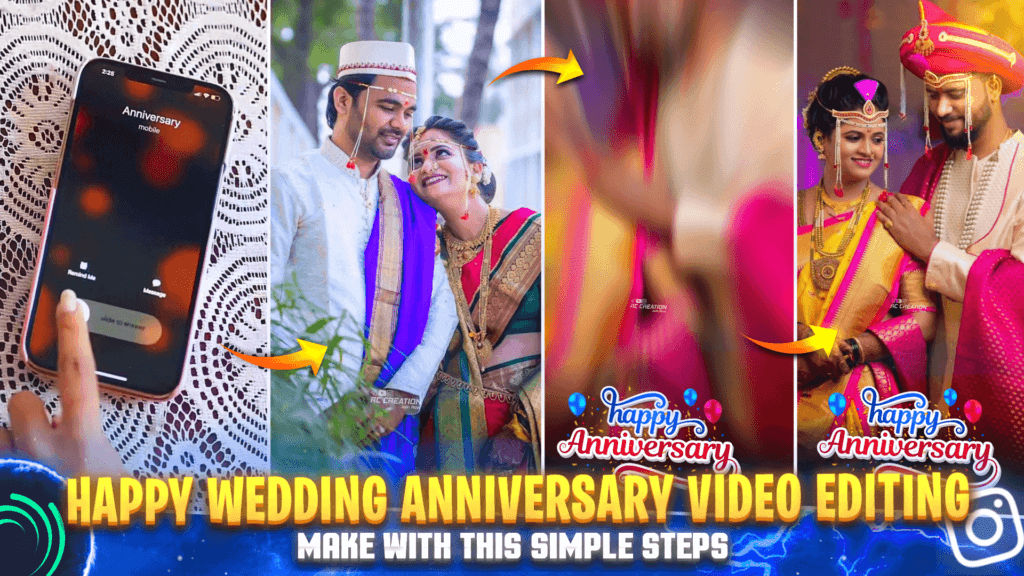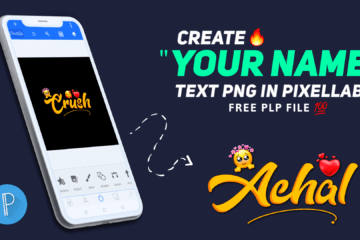A study was conducted by Exact Target and CoTweet to understand why consumers unsubscribe to an email newsletter, unlike a brand on Facebook or unfollow a brand on Twitter.
The study titled ‘The Social Breakup‘ questions users on their reasoning behind unsubscribing from a brand altogether on various properties such as E-mail, Facebook and Twitter. It would help brands understand what they need to do and not do when it comes to their online presence and the method(s) they choose for their marketing.

Email –
As the graphic suggests, more than two-thirds of the users unsubscribe to an E-mail straight ahead. This removes the notion that most users click on the ‘Spam’ button when they are disinterested in receiving the newsletter.
Also Read: How To Sell Product and make money on Instagram
Reasons why a user might click on the ‘Spam’ button rather than the unsubscribe button:
The user doesn’t recall the brand or the newsletter in itself isn’t opt in. The user tried to unsubscribe but had to report it as spam in the end to not get the mail continuously. The message of the newsletter or spam nature forced the user to mark it as spam thereby helping other users from seeing it as well.
Another point to note from this graphic would be the 17% who delete the mails which shows lack of interactivity with your brand. Internet service providers (ISP’s) have begun identifying engagement as a criterion for delivering mails. With this reasoning, your brand itself should filter such E-mail addresses so as to maintain a positive image for the ISP.
This is a crucial chart to understand the psychology of the user –
54% of the users unsubscribe to a list because the Emails come too frequently for the users liking. The brand should pan the E-mails accordingly so that they maintain contact with their subscribers but not go overboard with it as well.
49% of the users would unsubscribe because the content is repetitive or boring. Brands need to ensure that they stay relevant with content being fresh and suitable for the users. For this, brands can monitor their subscribers’ likes and dislikes to get a good click through ratio as well.
47% of the users unsubscribe because they receive a lot of newsletters. This highlights that your brand isn’t just competing with your direct competitor but others as well. It becomes important to catch attention quickly and maintain it over a long period.
Facebook –
Just like newsletters, Facebook fans of your brand page would also unlike the page if the updates are too frequent. 44% of the users would unlike the page if they tend to get updates far too often. This can be related with another finding on their action when it comes to not wanting to see more updates from a page. 19% of the users would ignore the posts from then on, 38% would click on the ‘X’ button to remove updates from appearing at all on their news feed and 43% would go ahead and unlike the page.
43% of the users would also unlike a page just to reduce the clutter they have on their wall feed when it comes to brands and marketing.
Yet again, the key is to be fresh and relevant. 38% would dislike a page because the content is boring. At the same time, the brand needs to not be over interactive either. 17% would dislike a page because they found the page had become too ‘chitty-chatty’.
Twitter –
As was the case with Facebook and Email newsletter, 52% of Twitter users would also unfollow a brand because the content became boring and repetitive. 41% of Twitter users would unfollow because they would receive plenty of marketing updates. Again, the requirement would be to beat direct and indirect competitors.
On Twitter ,however, the frequency of updates wasn’t an issue compared to Facebook. 39% of the users would unfollow a brand because of the number of updates that they see on their timeline.
Takeaways –
Usage of Twitter and Facebook as promotional channels for contests looks like a great channel at the beginning but with time those users will unlike and unfollow because they were in it just for the contest and not anything else. Maintenance of this relationship for a long period is up to the brand. Content needs to be relevant and fresh for the users. It can be separate for all three channels of communication.
Understanding the end user is key. This would help in understanding the type of content that needs to be pushed out and what the frequency should be.
Showing that you care. Brands need to be careful in showing that they care for the consumers by sending periodic newsletters, updates on their Facebook page and tweets through their Twitter handle. This ensures connectivity with your users.



1 Comment
Sowndarya Prashant · February 21, 2022 at 9:24 am
Anniversary video